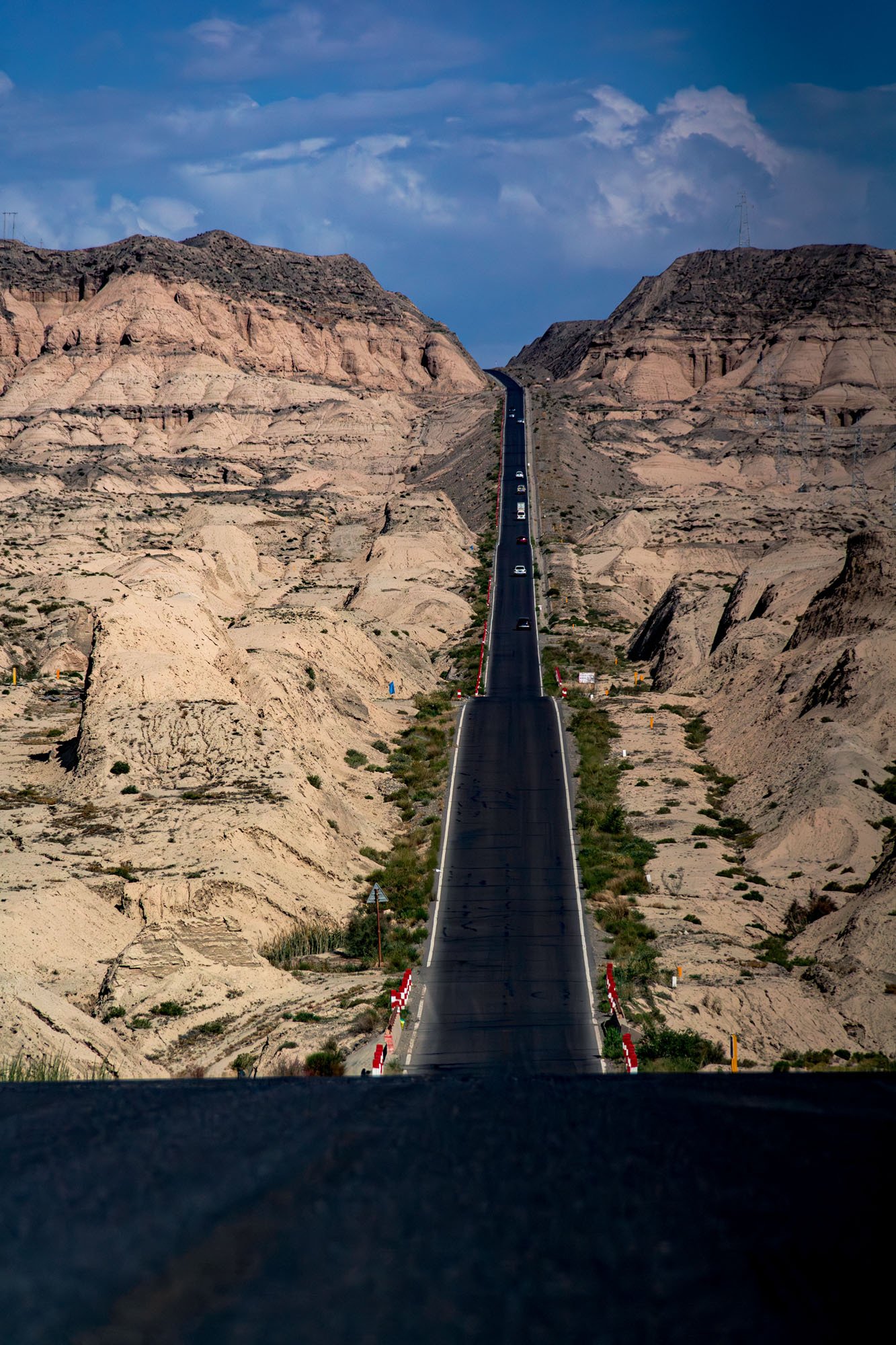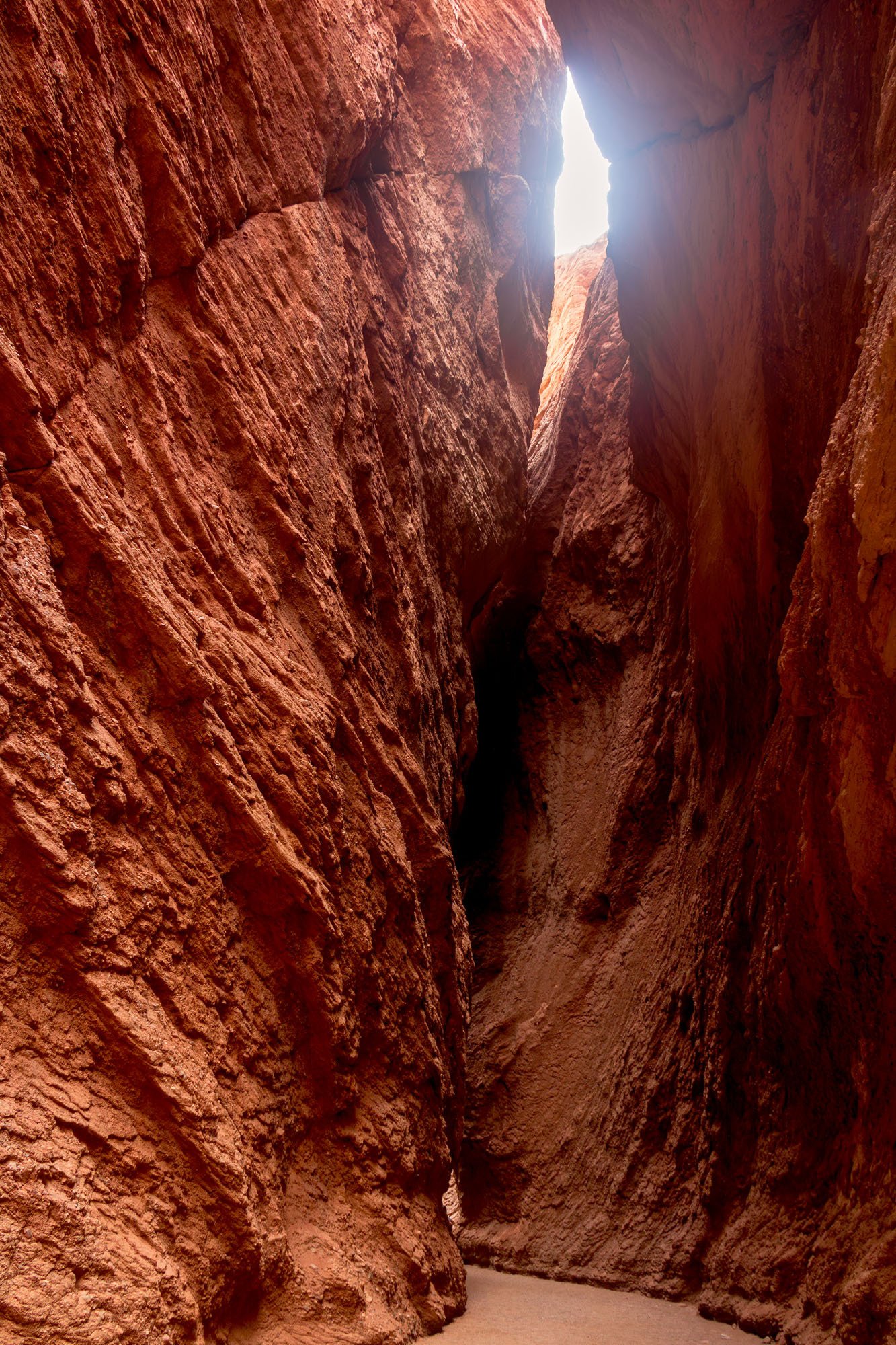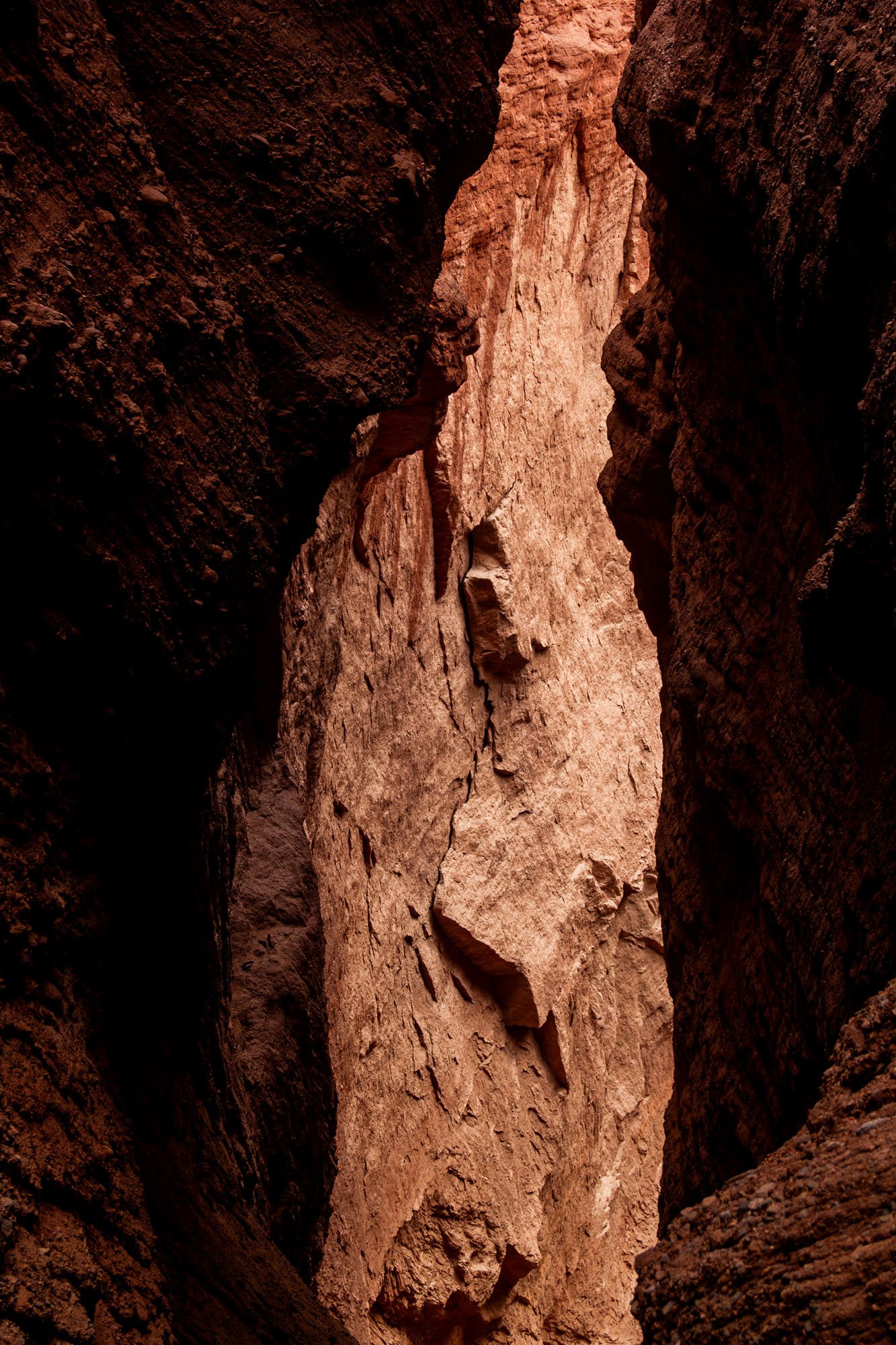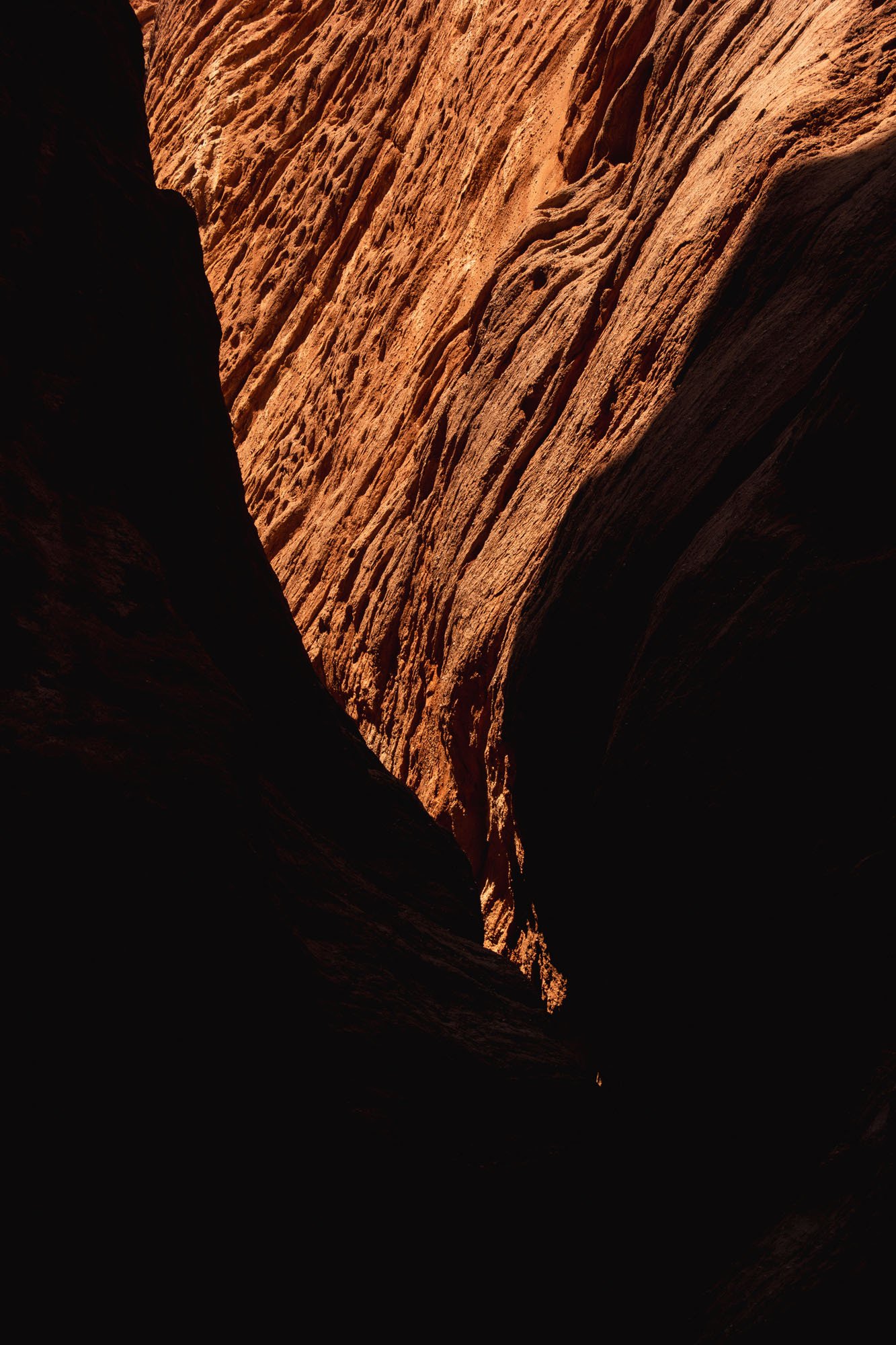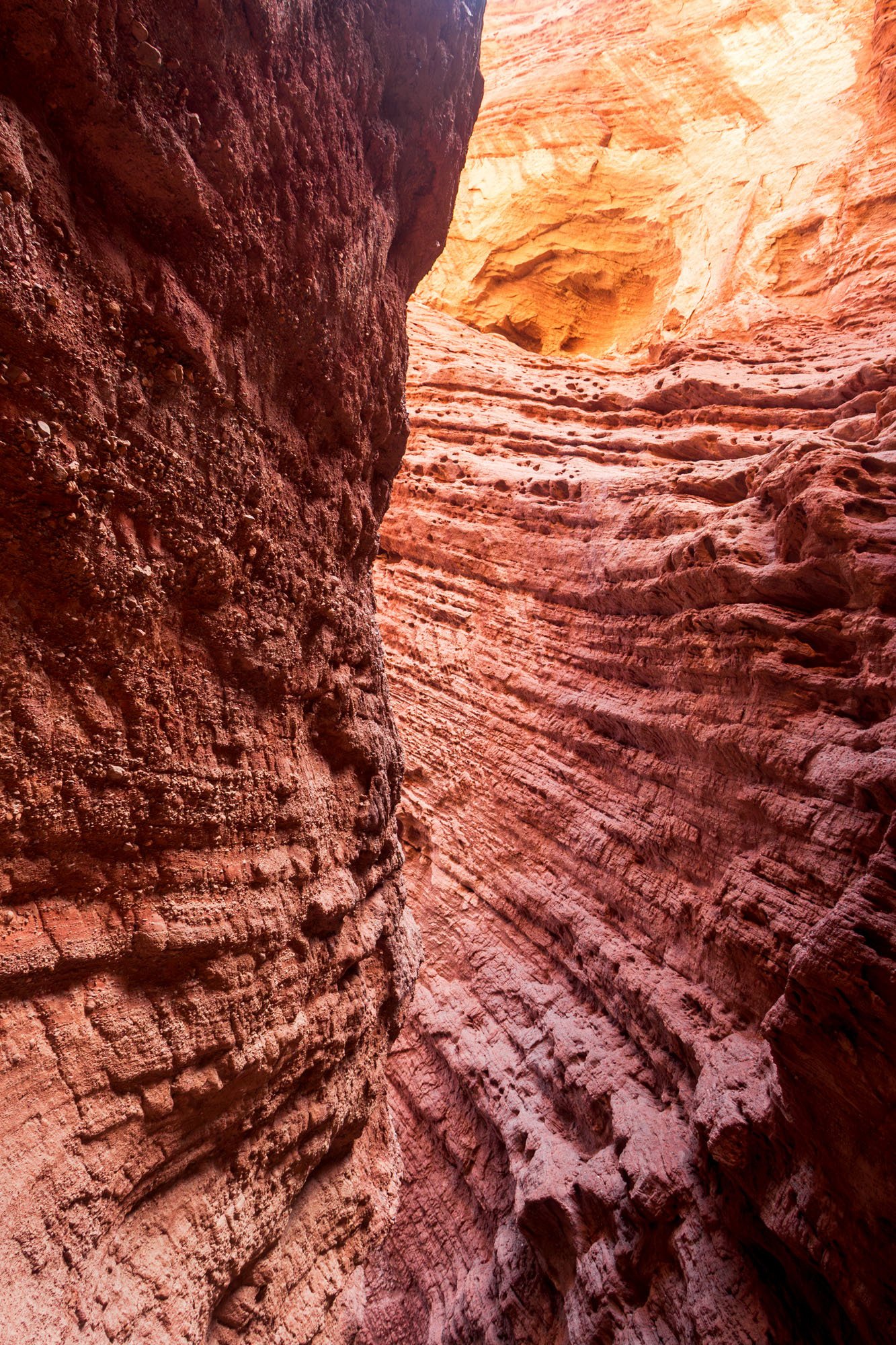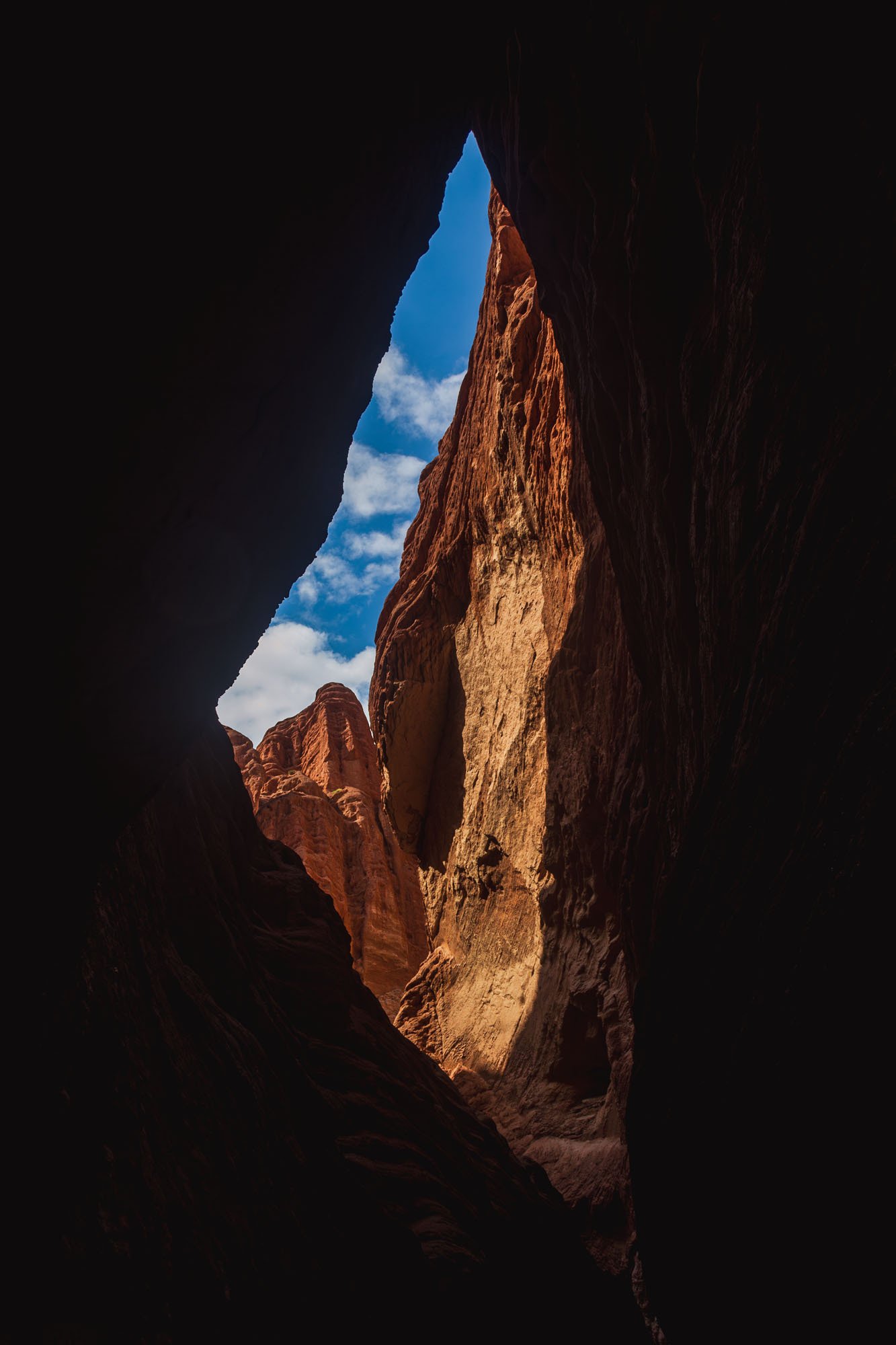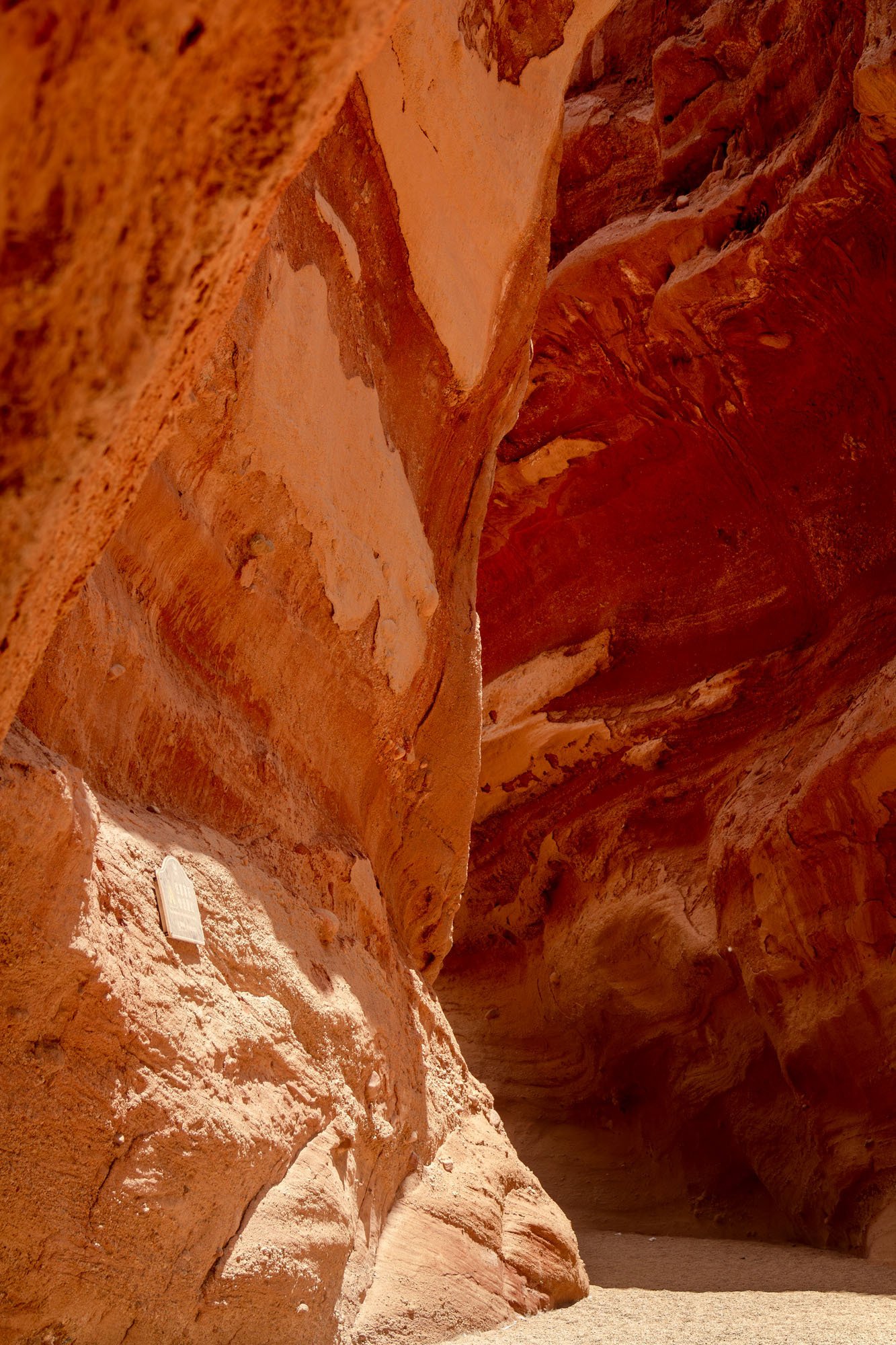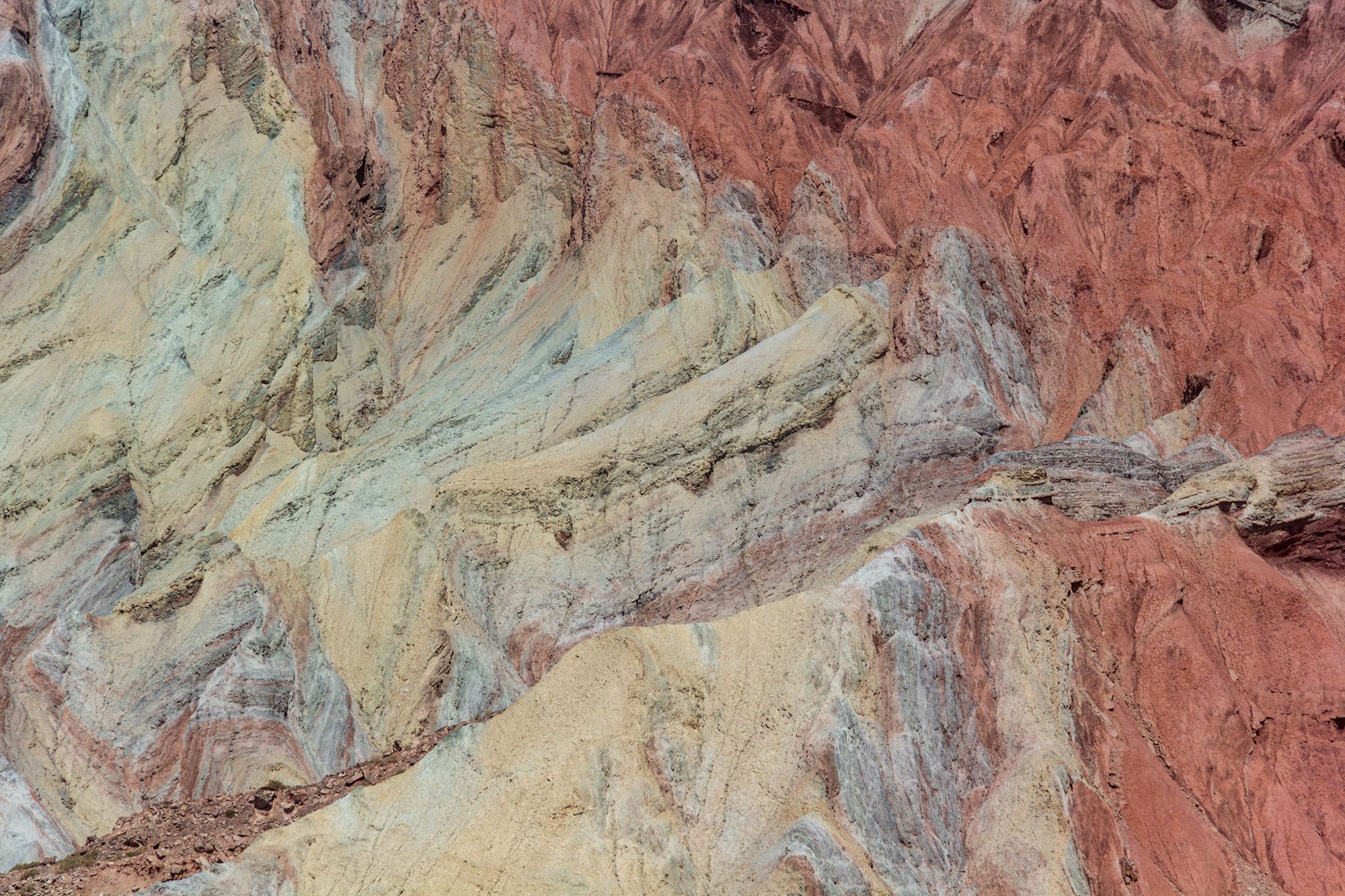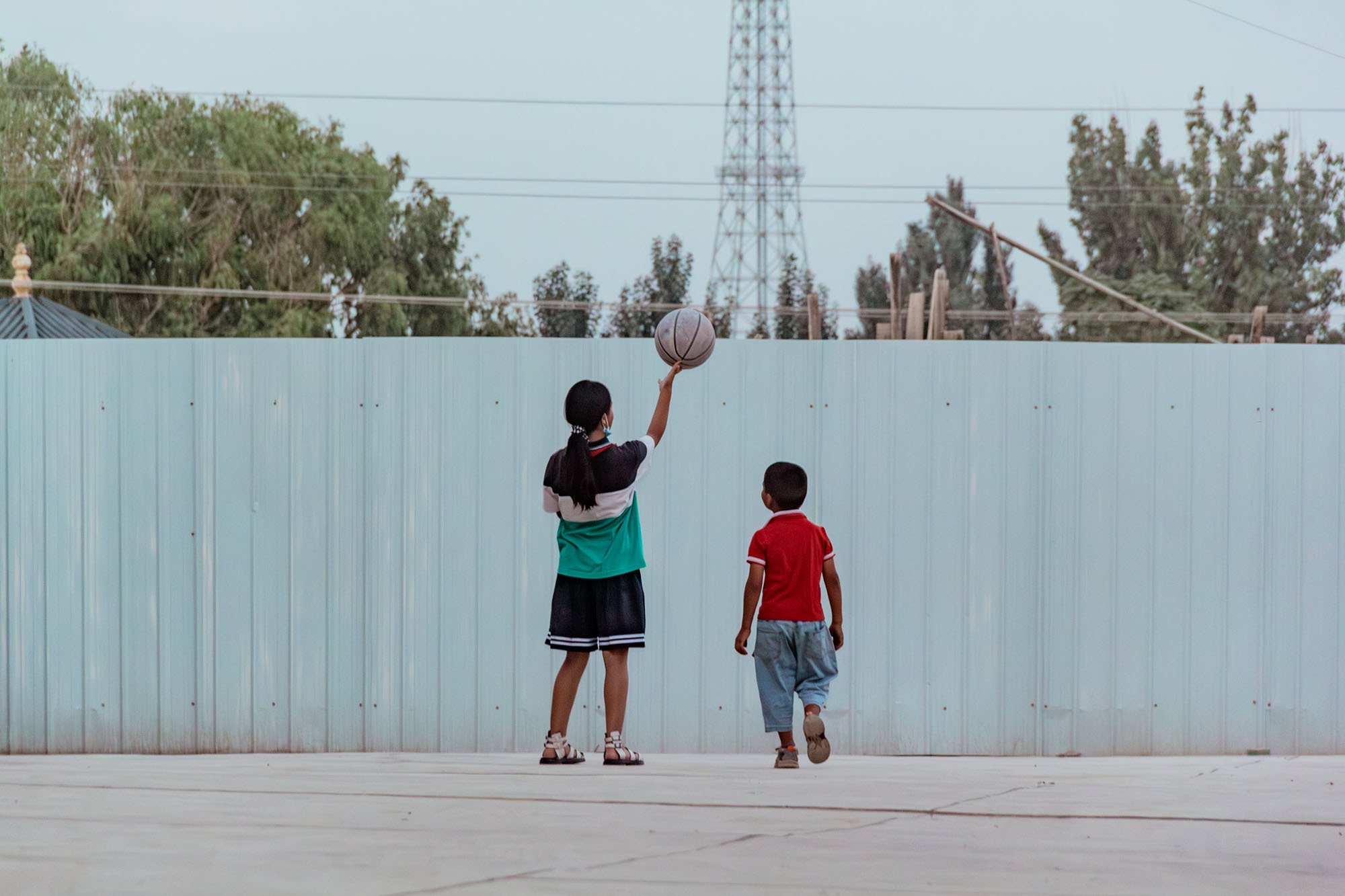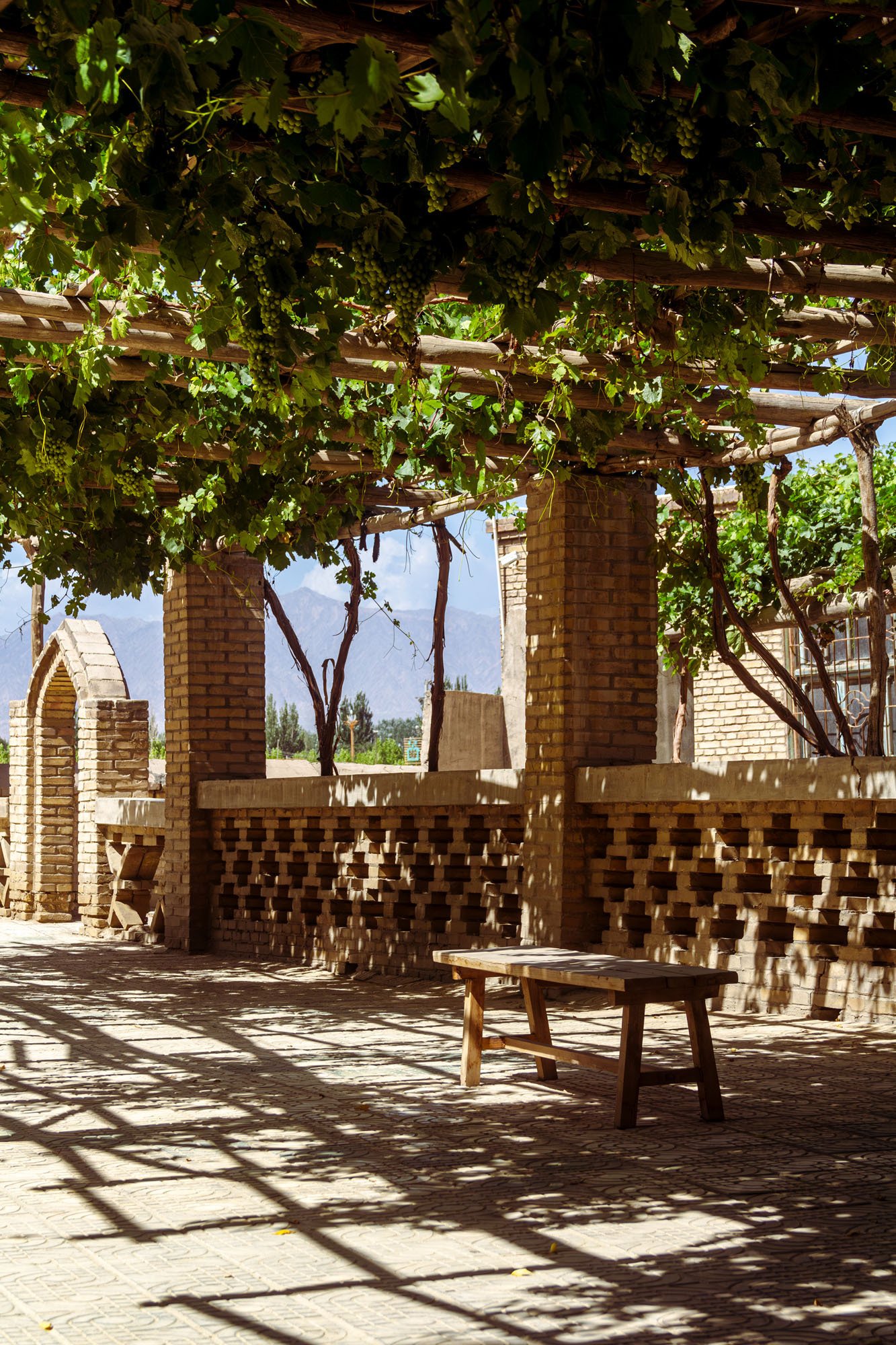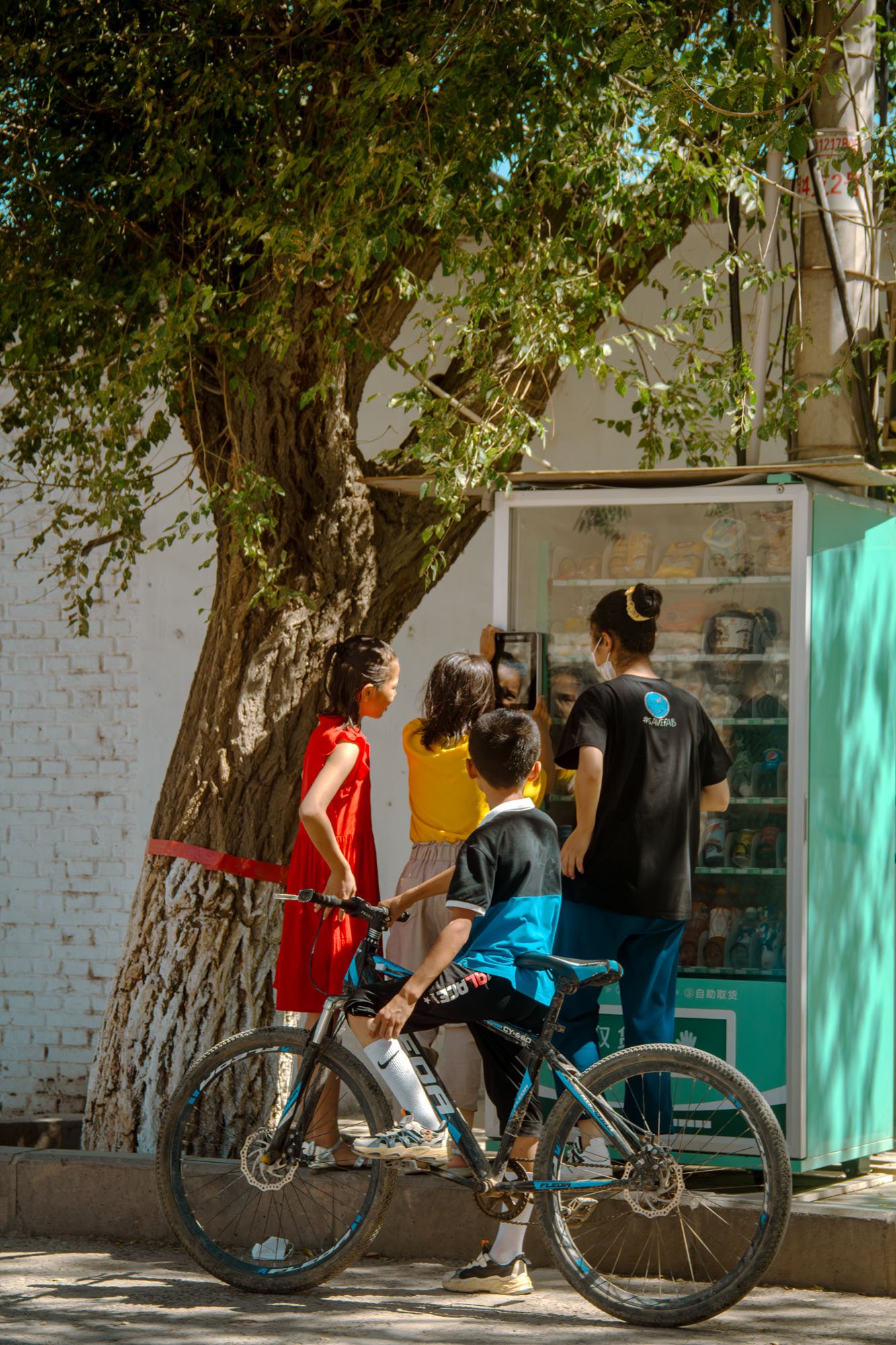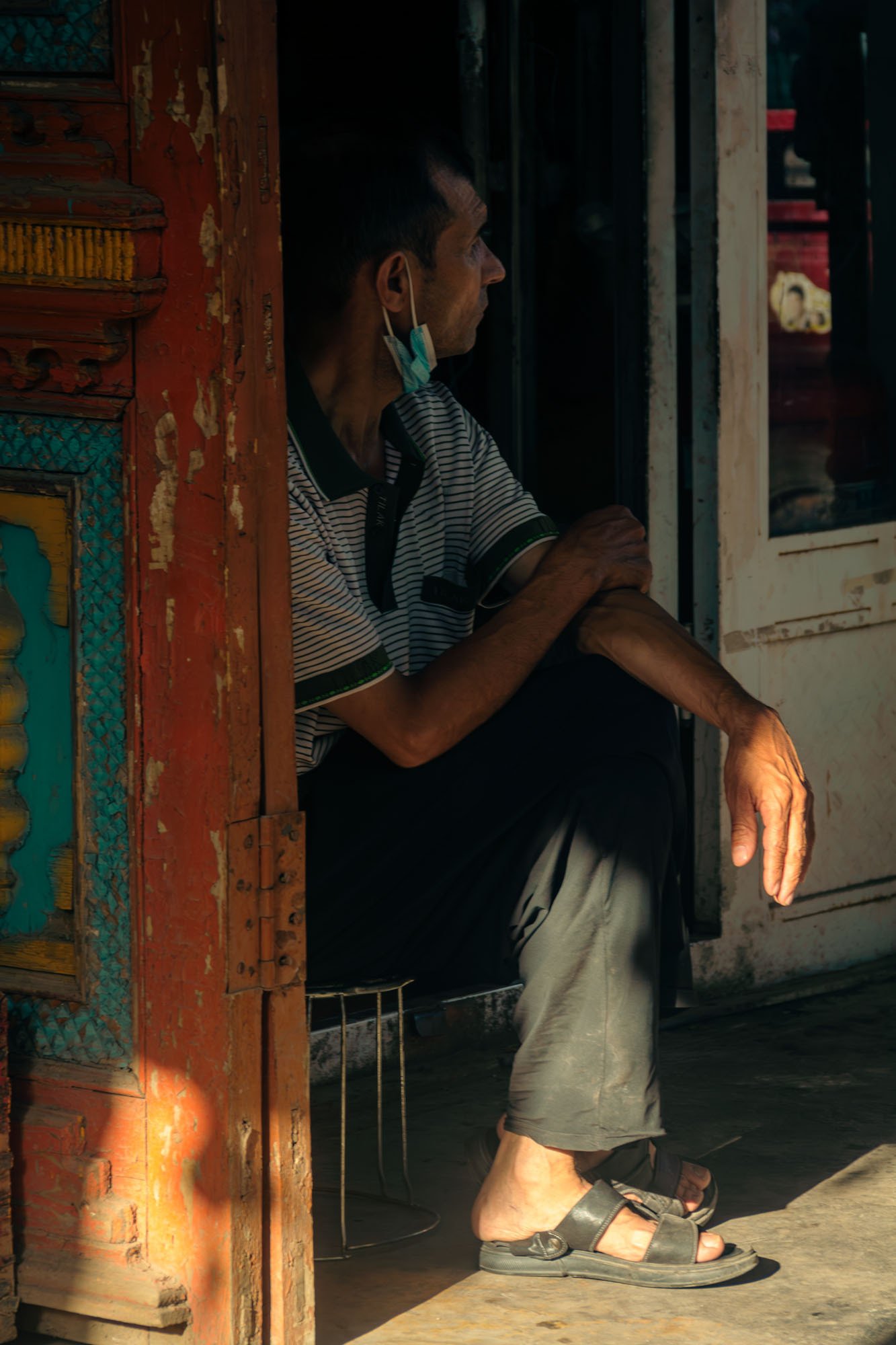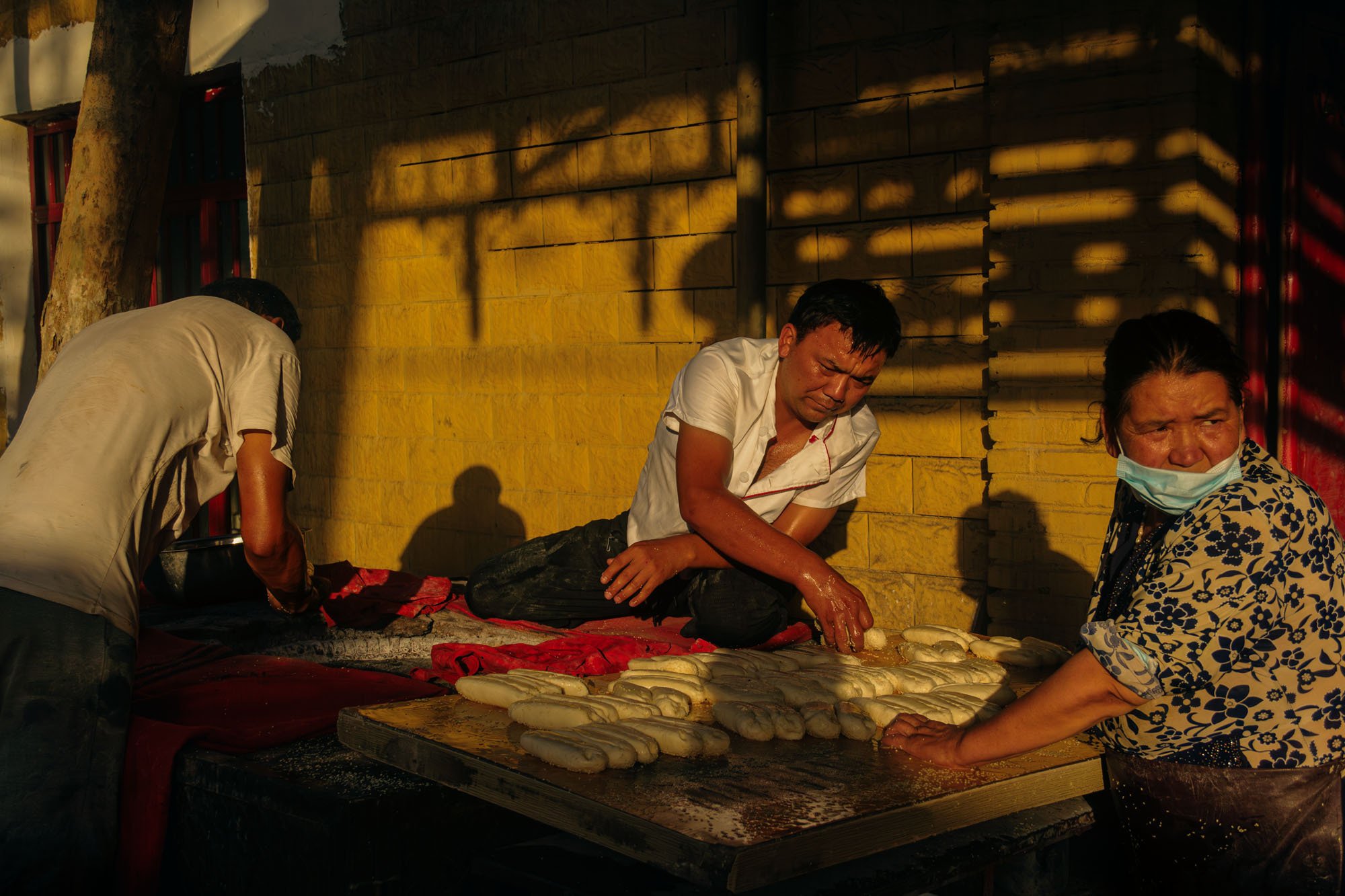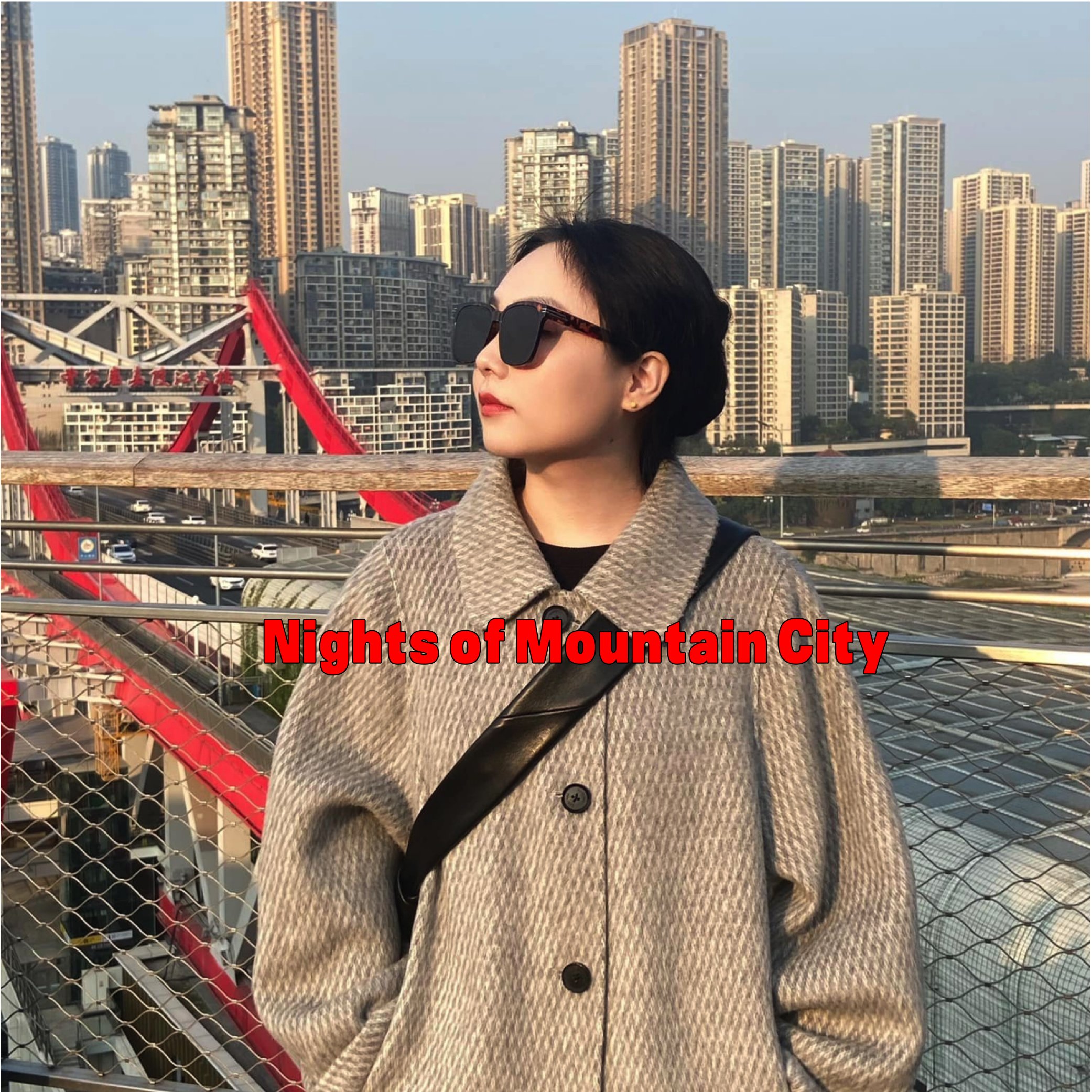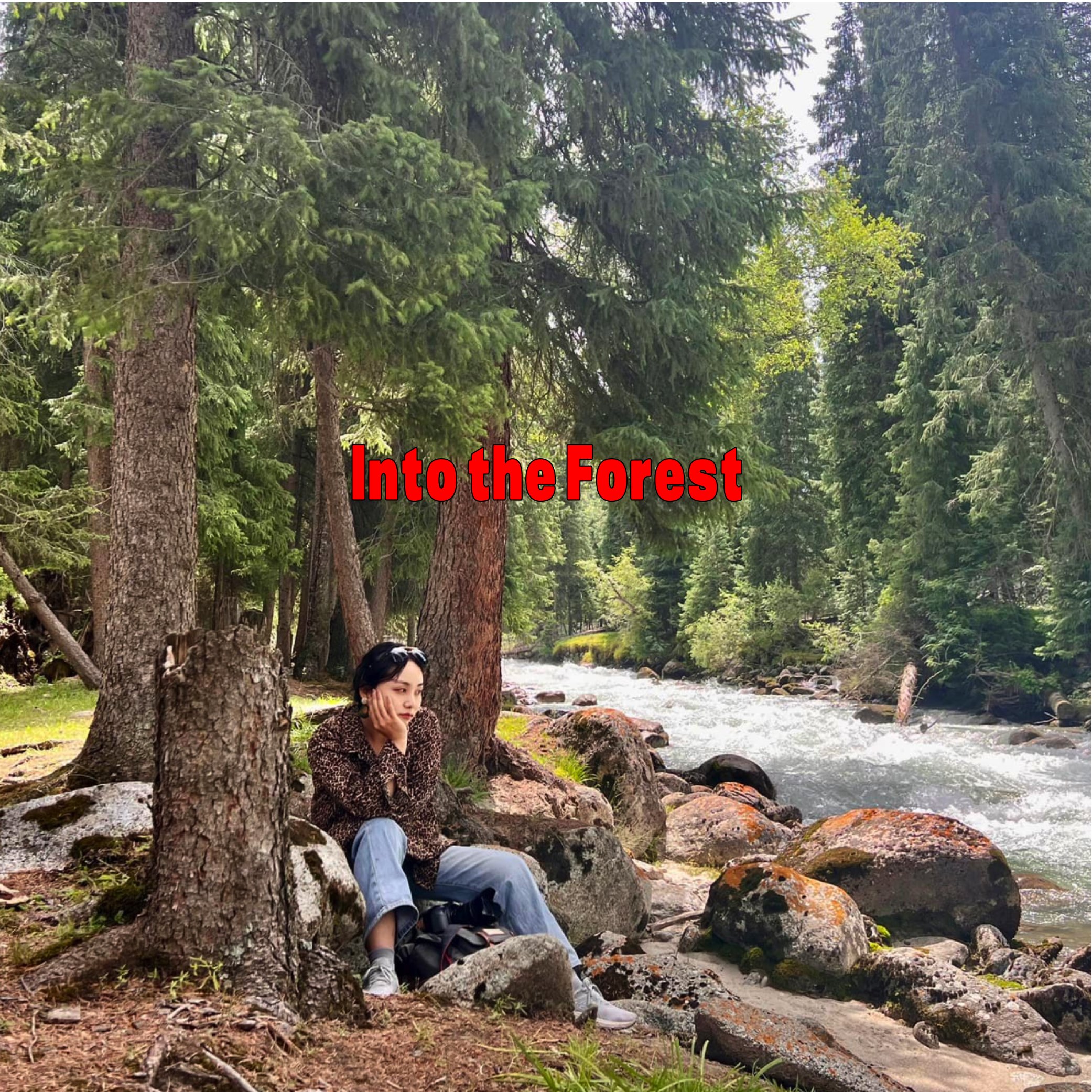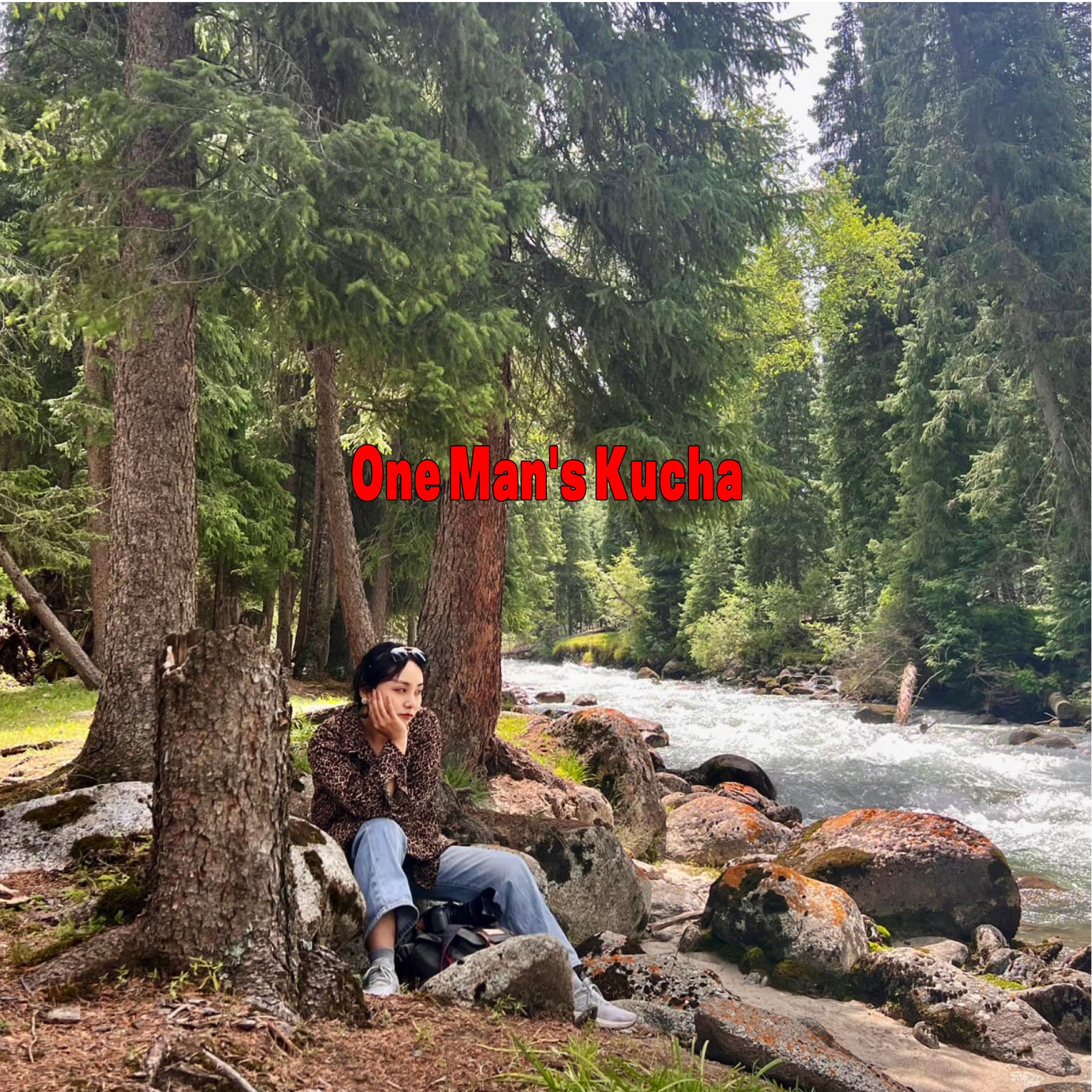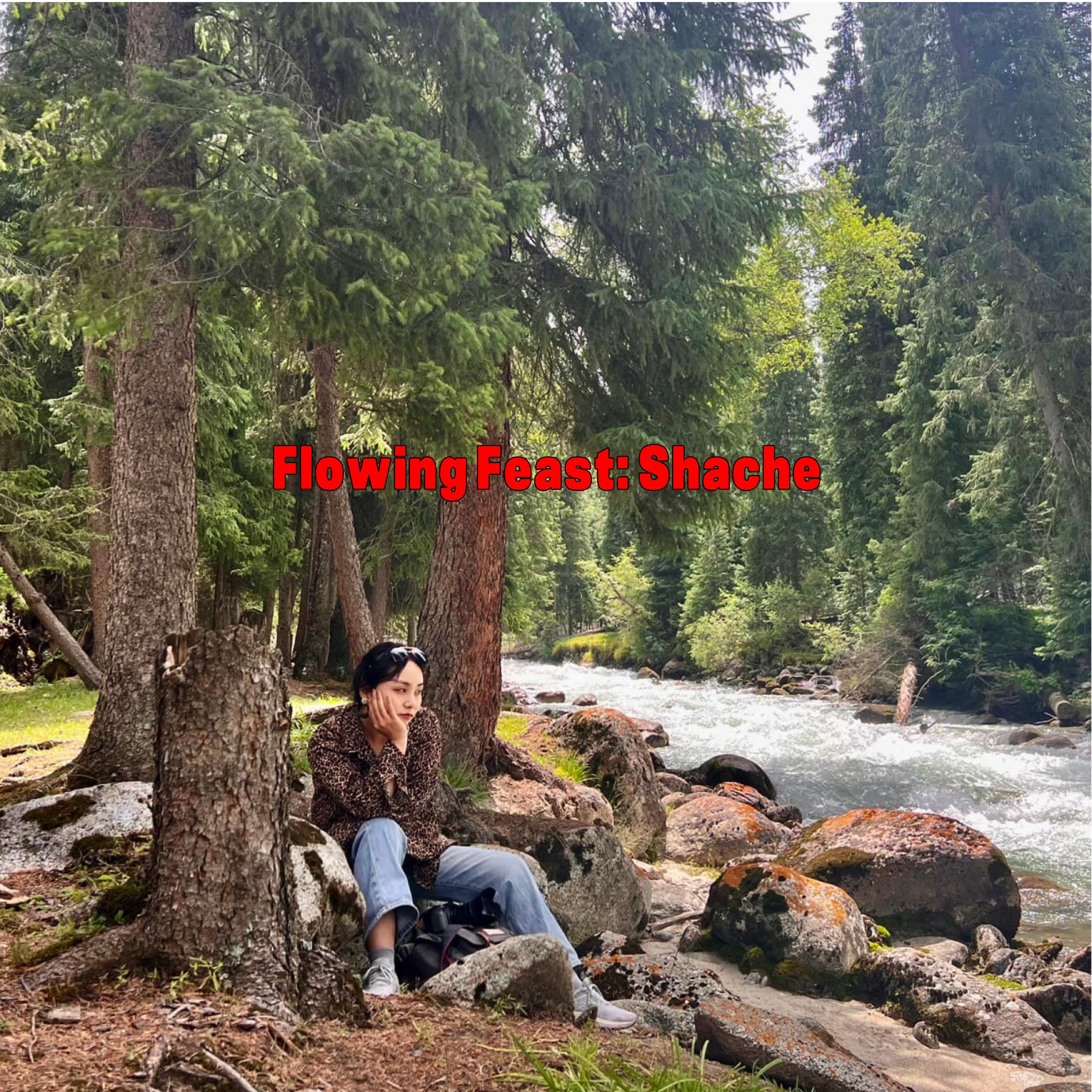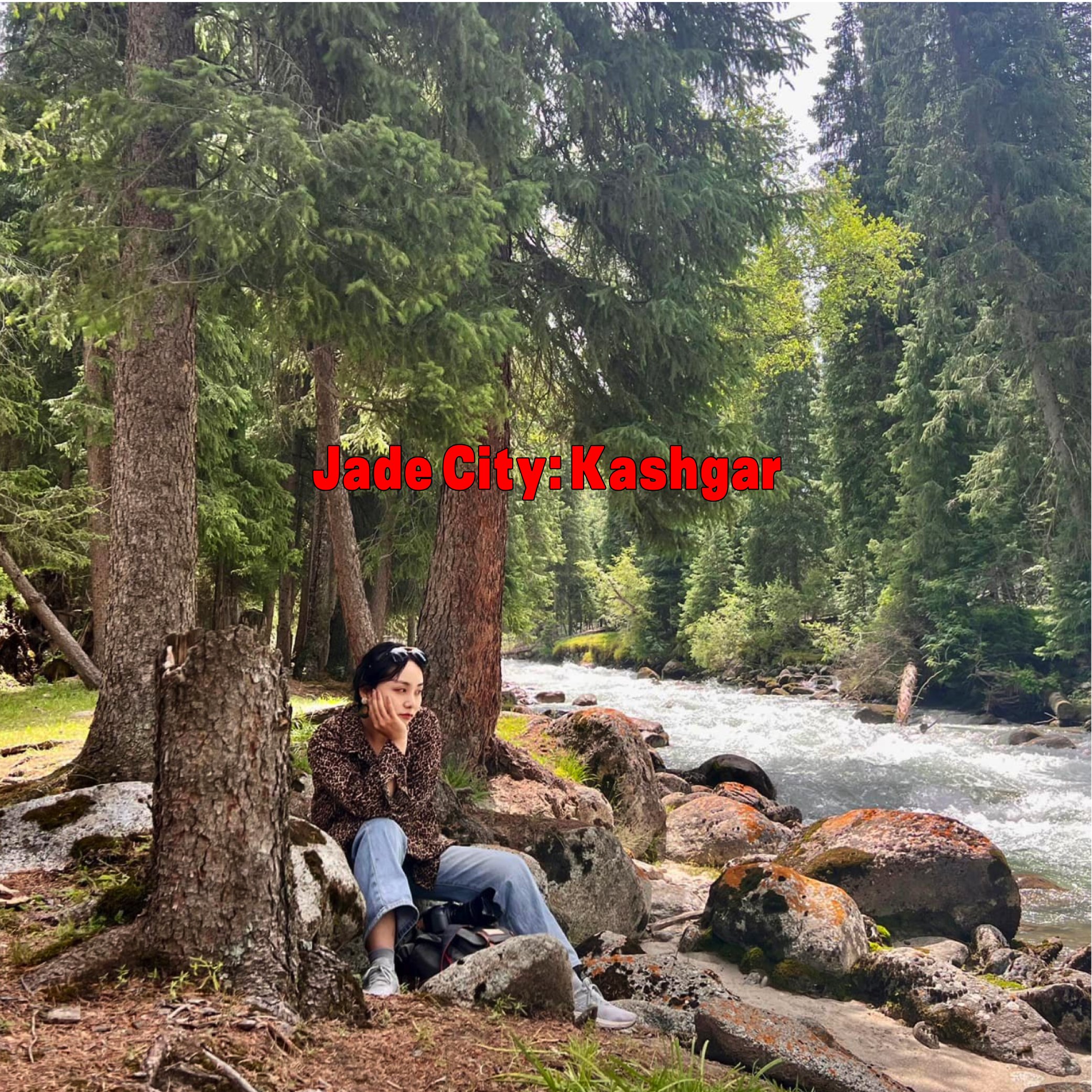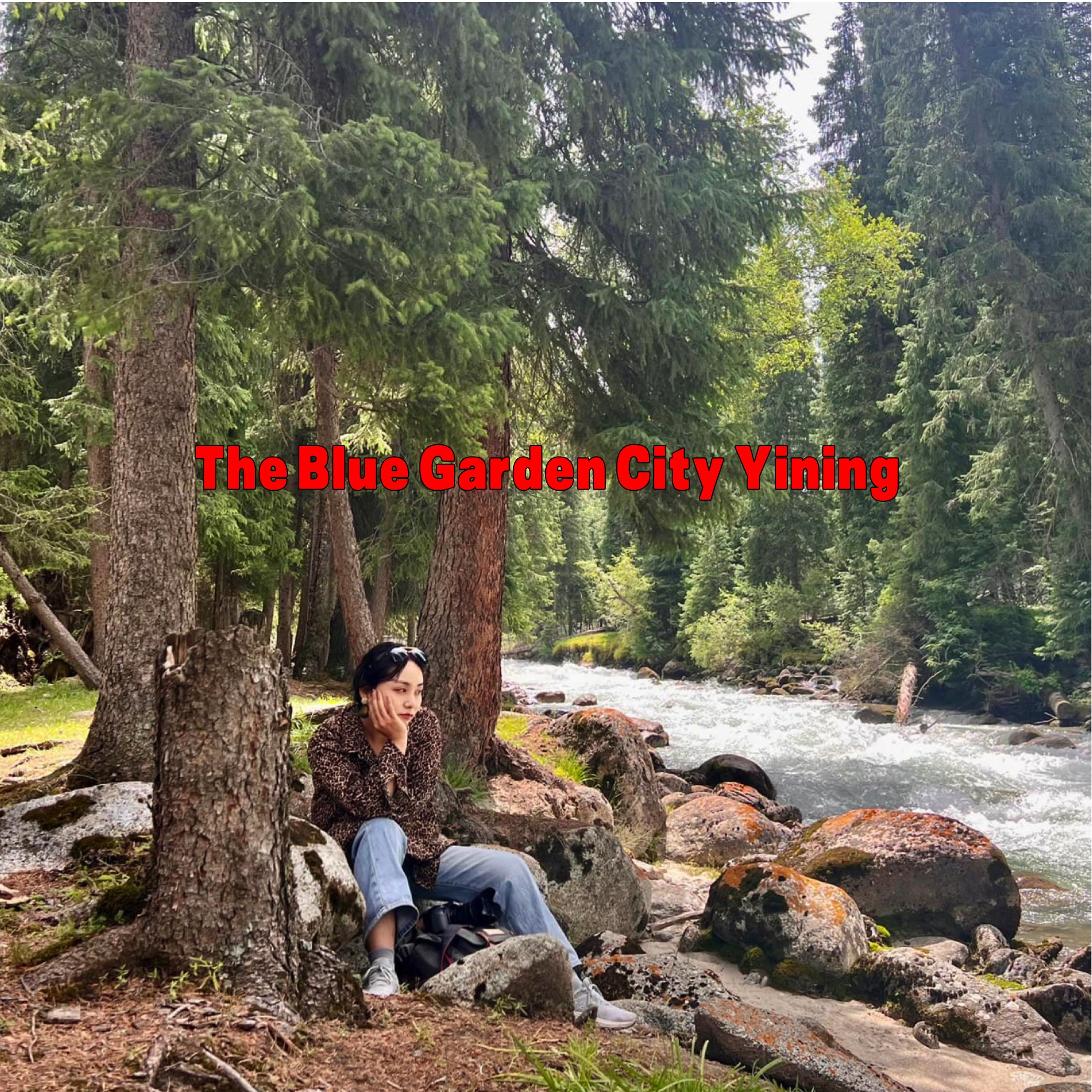My Promised Land: Xinjiang
One Man's Kucha
Walking into the Wensu Grand Canyon feels like entering a realm of fantasy, where the towering red rock walls seem to touch the sky, creating a magnificent scenery. This awe-inspiring carving is the result of billions of years of wind and rain erosion, with each fold telling a story etched by time. As I laid my hands on the rock wall, I could almost sense the passage of time itself. The rocks here serve as nature's testament to the splendor and vicissitudes of Kucha, encapsulating the subtle nuances of the years and bearing witness to the ebb and flow of history. It is impossible not to be captivated by their presence.
To the northwest lies the renowned Tomur Peak, a majestic snow-capped summit standing tall at an elevation of 7,443.8 meters. It seems as if this peak were the dwelling place of gods, a natural sculpture that symbolizes the land of Kucha and holds a sacred position in people's hearts. Each dawn, when the sun's rays bathe the snowy peaks, it creates a radiant spectacle, akin to a shimmering mirror symbolizing hope and faith.
Towards the east is the ancient city of Kucha, once a shining pearl along the ancient Silk Road. This city, a crossroads of various trade routes, served as a melting pot for the civilizations of Ancient India, Greece, Rome, Persia, Han, and Tang. It carries within it the memories of countless historical events. Though time has eroded its former glory, the remnants of its charm still linger, and the weight of history seems to permeate the air.
An elderly man, clutching his back, walks slowly along the banks of the Kucha River during its dry season. The dilapidated houses on the opposite bank are soon to be dismantled, as they have stood witness to the passage of time but have been abandoned after the relocation. Local residents informed me that the majority of people have left the old city and moved to the high-rise buildings in the new city, leaving behind this ancient corner.
As I stepped onto Rhestan street, the ground was cool and moist from sprinkled water, muffling the sound of the dust. Sunlight, shining through the shade of old trees, cast slanted rays onto the narrow alleyways, illuminating the time-worn walls that clung to the aging houses. The street was adorned with beautifully carved wooden doors, their colorful panels appearing even brighter and more vibrant in the sunlight. As I reached the end of the street, I caught sight of the Kucha royal residence, a testament to history. In the daytime, the last princess receives visitors in the palace parlor, a place that carries the aura of past glory and still exudes its captivating charm.
I walked down a narrow alley and, unaware, found myself entering the Kucha Mosque. This mosque, built in the 16th century, has a main structure constructed of brick and wood. The Great Temple stands tall and magnificently, displaying a simple and elegant appearance. Notably, the decorations resembling auspicious clouds are commonly seen in ancient buildings of the central plains of China. They adorn the gaps between the beams and columns, symbolizing good fortune and benevolence.
As I ascended to the second floor of the Kucha Mosque, a scene of decay unfolded before my eyes. Mounds of debris resembled mountains, with collapsed brick buildings, crumbling city walls, and mutilated statues. However, amidst these ruins, the prosperity and beauty of the past suddenly came alive before me. I envisioned the former grandeur, with echoes of traditional melodies resonating in my ears. The pavilions shimmered with bright lights, and the sounds of music reverberated through the night. The fragrance of grape wine wafted from the pavilions, and people raised their glasses in celebration. Dancers gracefully moved, their vibrant ribbons fluttering and spinning like the wind, while the ornaments tinkled harmoniously with each dance step.
In the Kizil Grottoes, the prosperity of Kucha is vividly depicted. The dome is adorned with delicate paintings of flying Apsaras, who gracefully hold flower plates in their hands, showering flowers upon the earth. A virtuoso musician, with lips slightly parted and cheeks softly puffed, passionately expresses his artistry. As described in the Lotus Sutra, the wonderful music of the world embraces a variety of instruments, including the rhythmic beats of drums, the resonant tones of horns and conches, the melodic notes of the xiao and flute, the enchanting sounds of the seven-stringed zither and konghou, as well as the rhythmic plucking of the pipa and the clashing of cymbals, among others. These musical offerings are dedicated to the public and enjoyed by all. The cave walls are adorned with paintings of Buddha, exuding an atmosphere of sacred solemnity. The wooden structures are intricately carved and delicately painted, creating a serene and magnificent world of Buddha.
At the entrance of the Kizil Grottoes, stands the sculpture of Kumarajiva (343-413), a prominent figure born into the royal family of Kucha. In his pursuit of wisdom, he chose a life of solitude in the mountains, far away from worldly pleasures. At the tender age of seven, Kumarajiva bid farewell to earthly delights and left Kucha with his mother. By the time he turned twenty, he had already become a highly knowledgeable monk, renowned in the Eastern lands.
Upon his arrival in Chang'an, Kumarajiva established an extensive translation agency comprising over 800 members. Under his guidance, 35 Buddhist scriptures were meticulously translated, totaling around 300 volumes. Kumarajiva holds the distinction of being the first individual to translate sutras into clear and comprehensible Chinese, an accomplishment that significantly contributed to the widespread dissemination of Buddhism in China. Even today, some of the beautiful phrases we frequently employ can be traced back to Kumarajiva's translations and creations.
Leaving the Kizil Grottoes behind, I ventured into the captivating red landscape of Kucha Grand Canyon. Amidst the tranquility, I could hear the gentle gurgling of springs, intermittently breaking the silence. It felt as if I were embarking on a quest within a barren dream, reminiscent of the unwavering dedication shown by luminaries such as Kumarajiva and Xuanzang, who were willing to lay down their lives in their relentless pursuit of truth and the dharma.
In those tumultuous times of war, Kumarajiva's arduous journey went beyond mere physical distance, encompassing the myriad trials and tribulations of life. As eloquently conveyed in his translation of The Diamond Sutra: "All phenomena are like a dream, an illusion, a bubble and a shadow, Like dew and lightning. Thus should you meditate upon them."
Deep within the canyon, the resonating chimes of camel bells signaled my nearing journey's end. Whether in temples or mosques, both beckon people towards sacred spaces. Regardless of the location, people yearn for that calling. Amidst scattered crowds, there exists a shared need for a spiritual sanctuary, be it a celestial call from above or the humble jingle of a camel's bell. When such a call is heard, hearts stir and people run with unwavering devotion.
